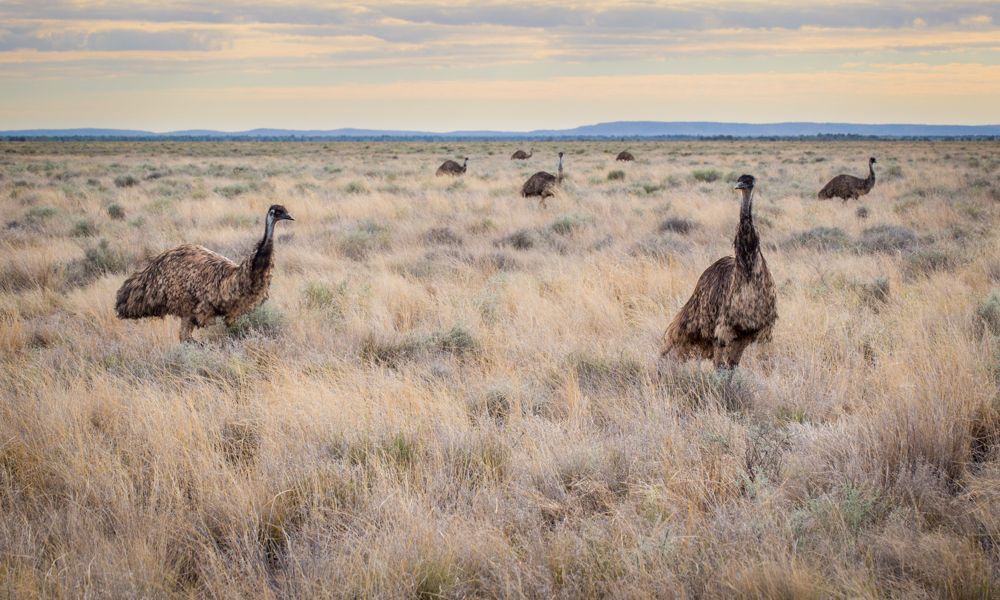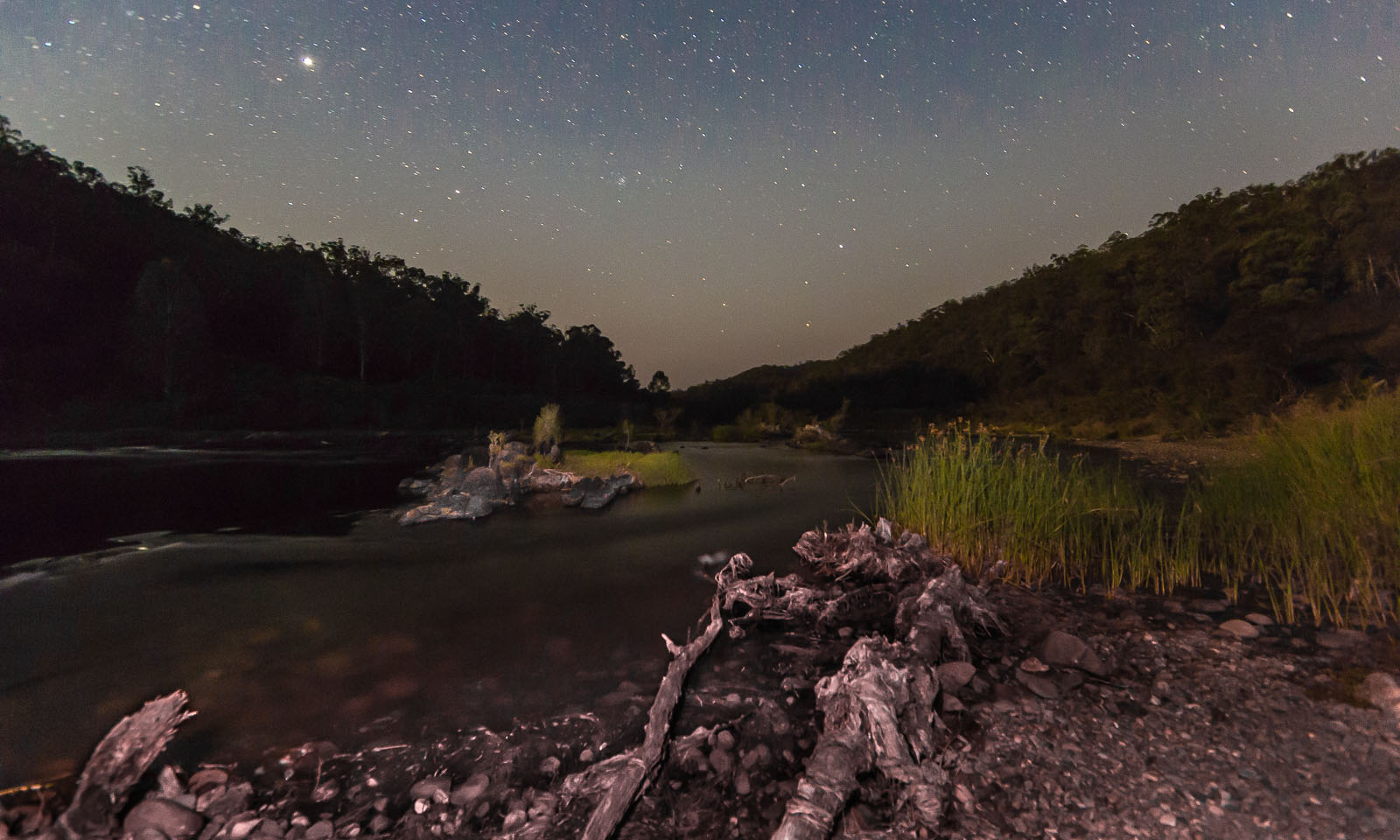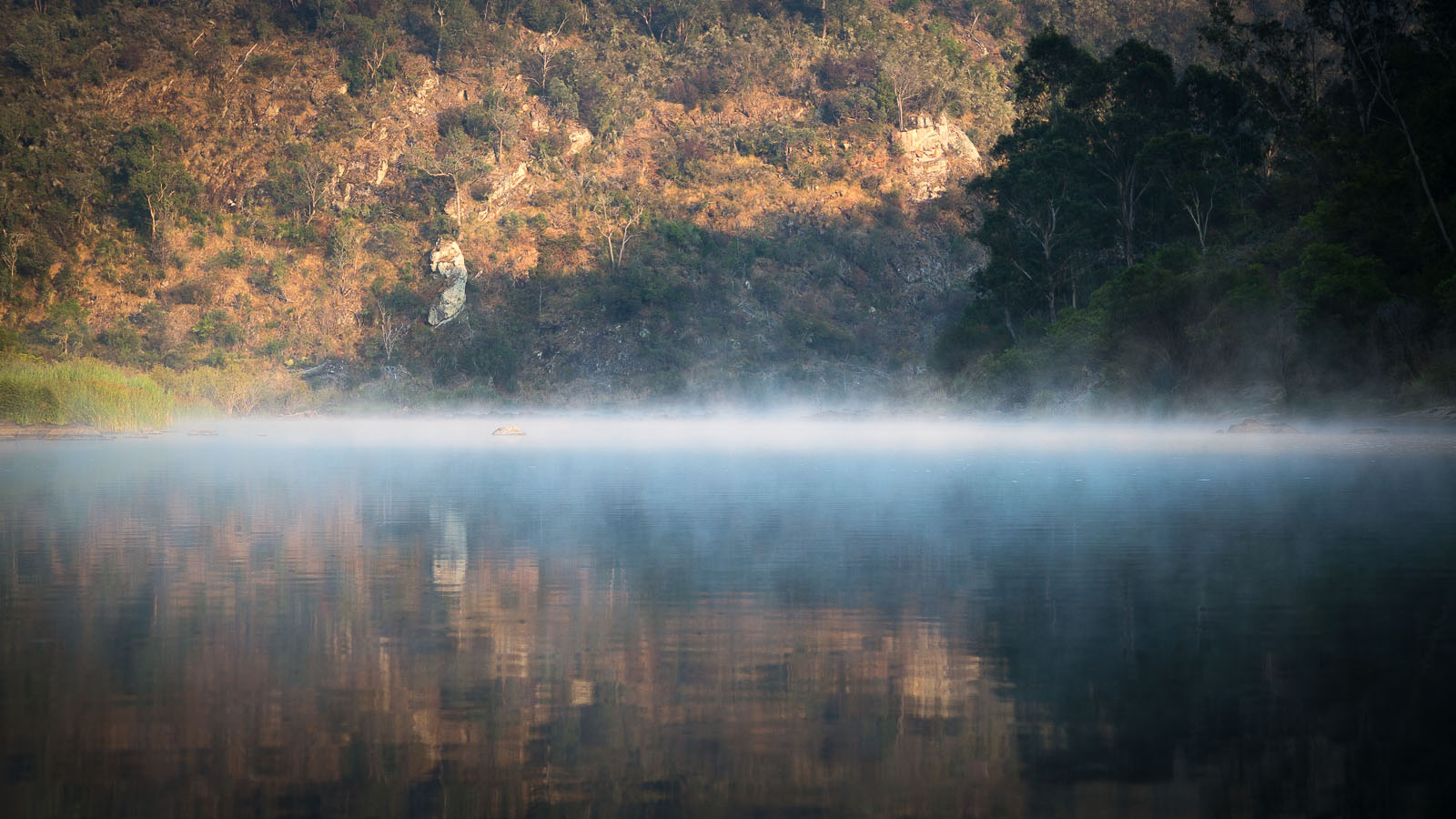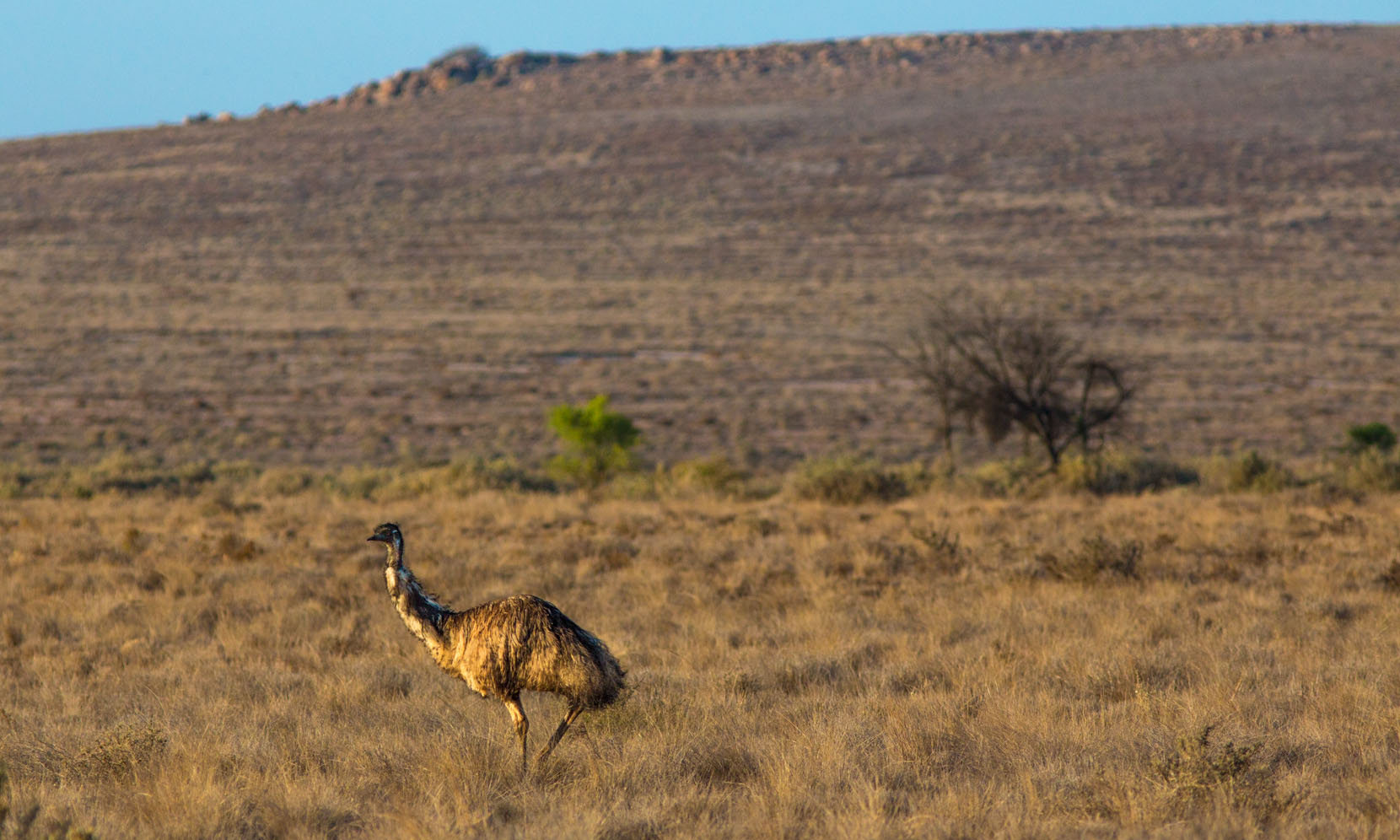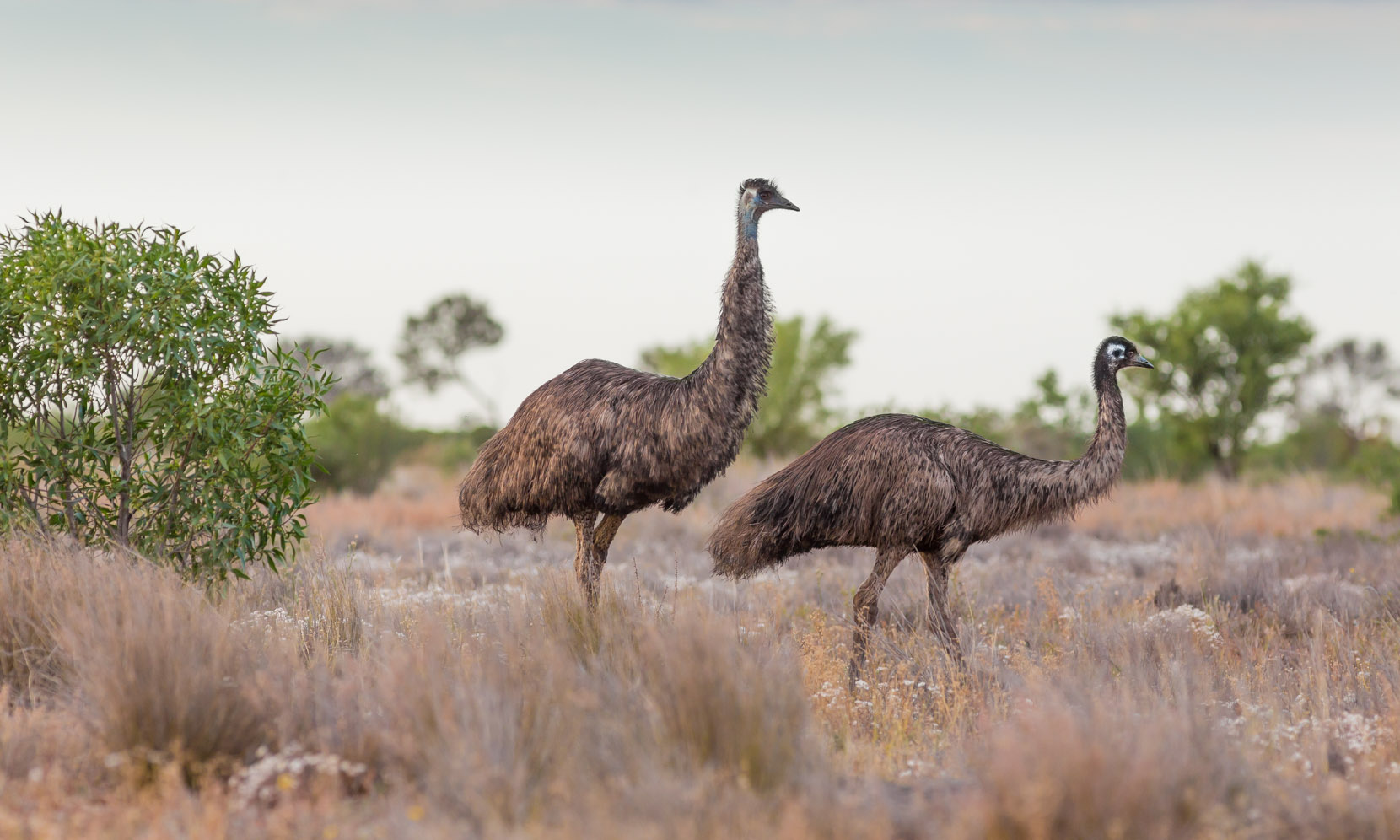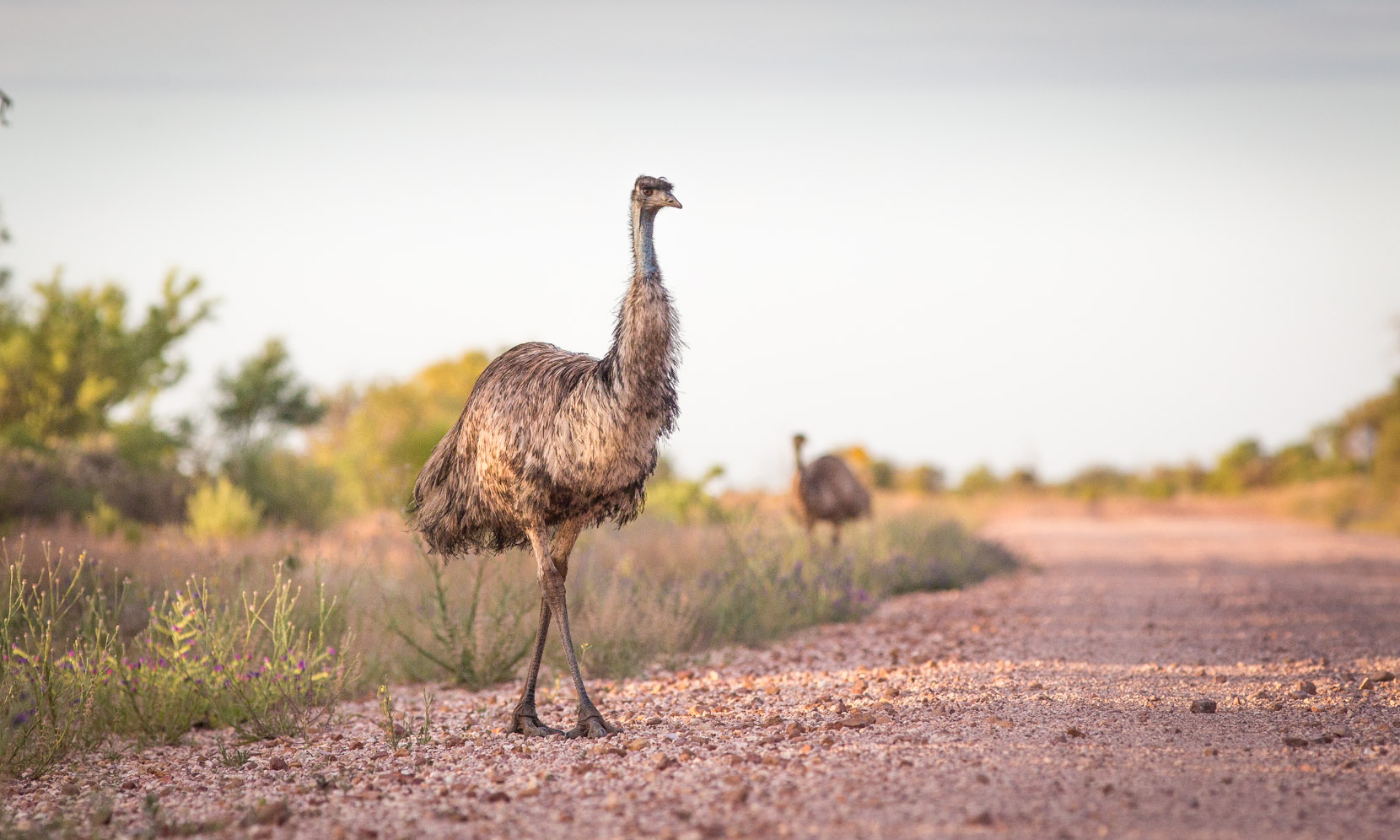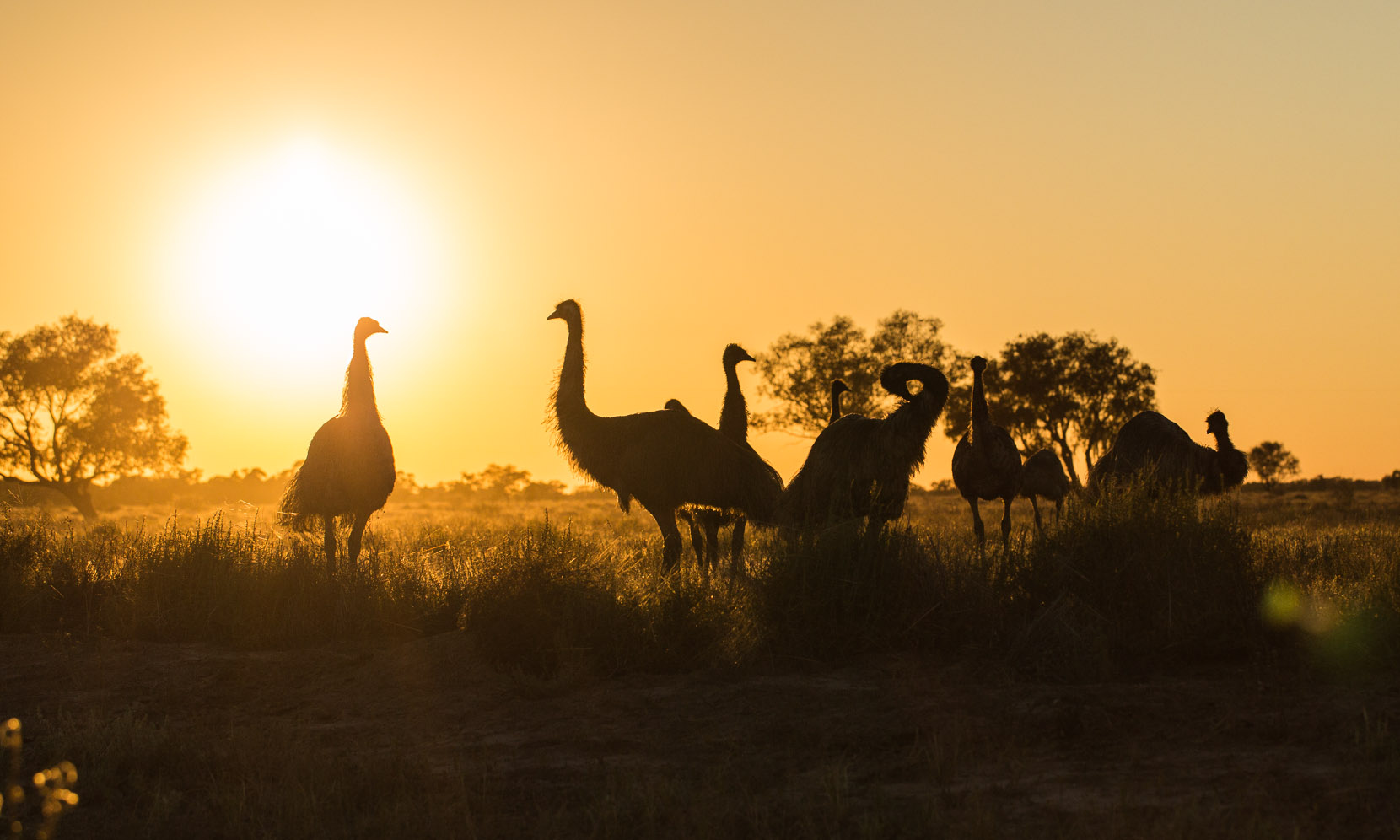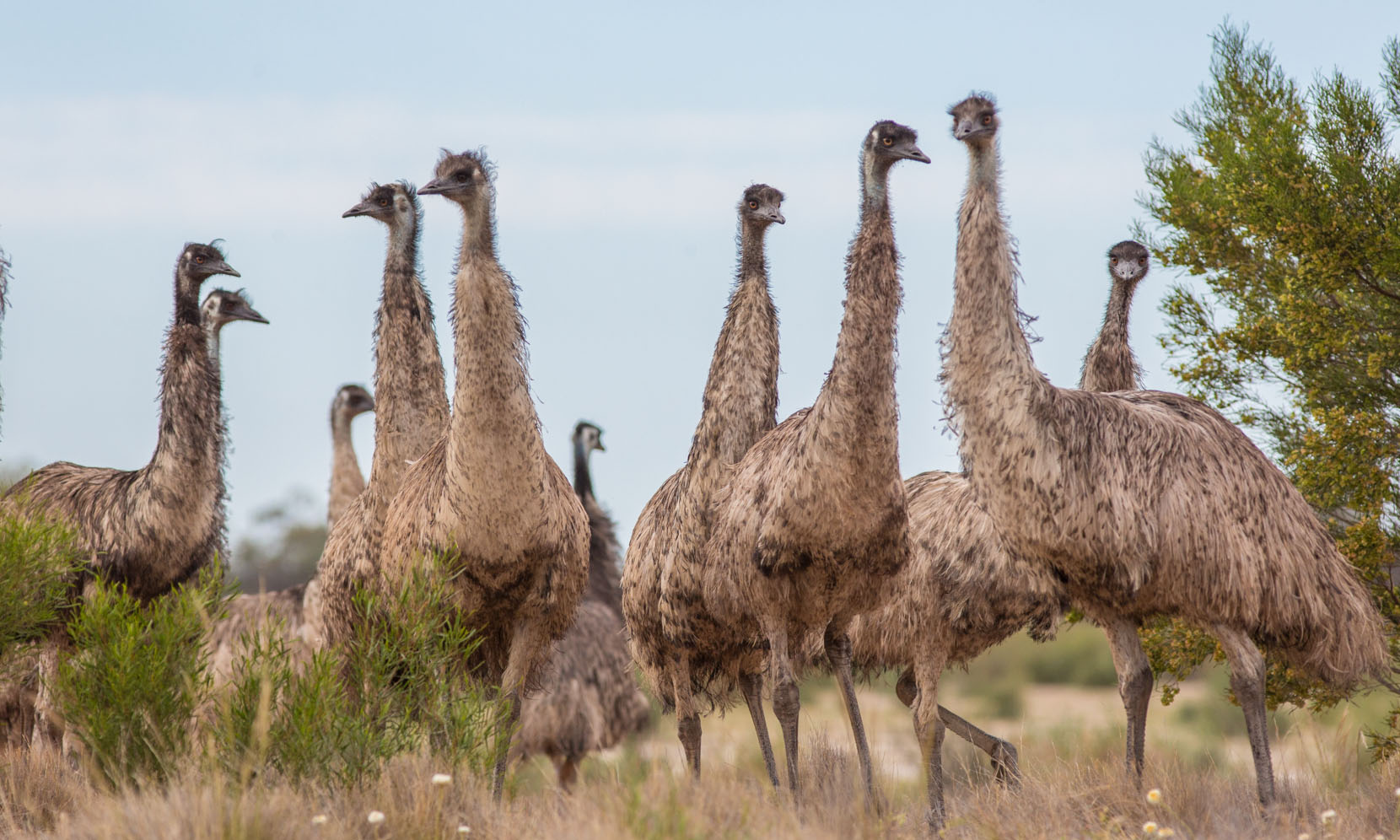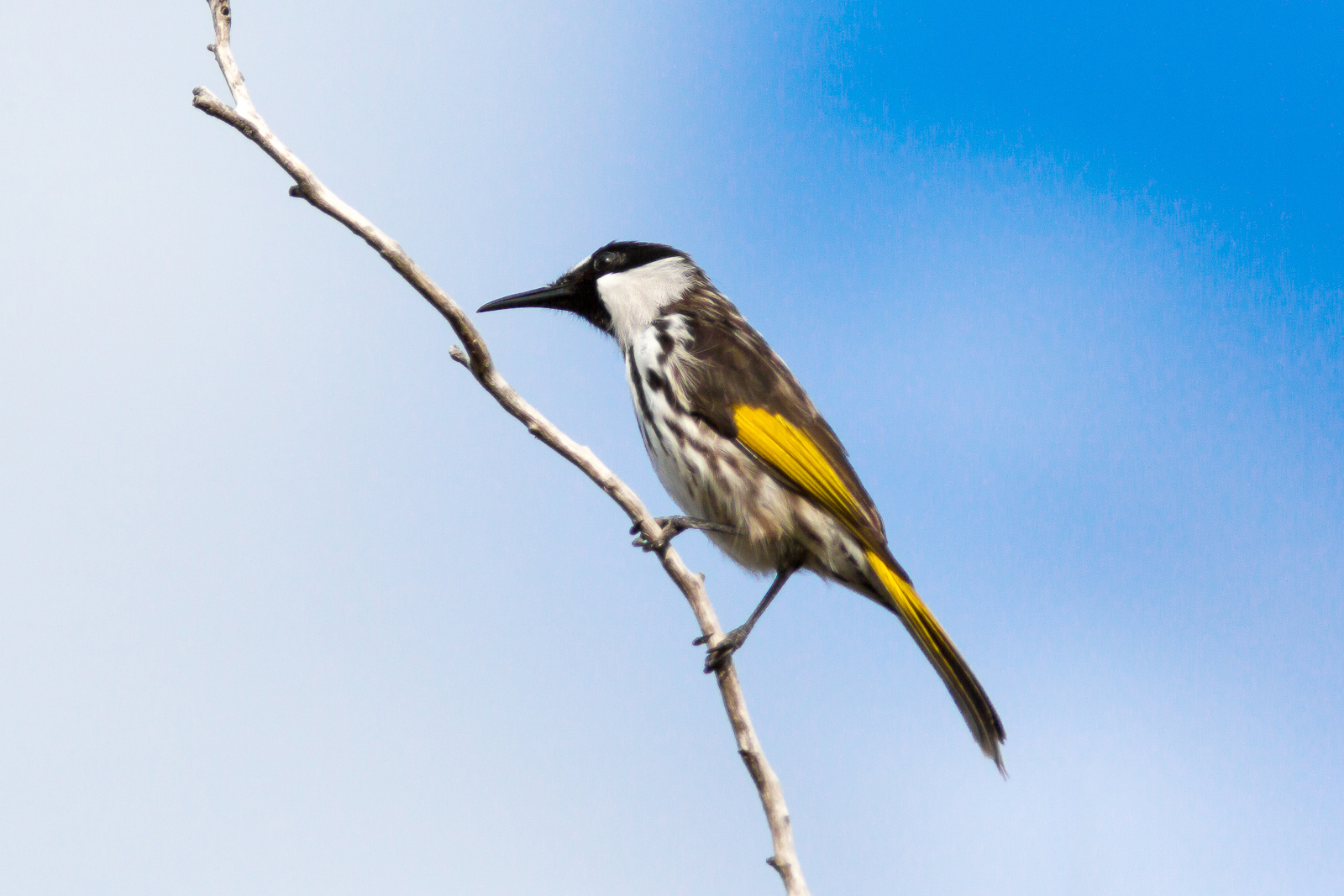 Photography is so pervasive on the internet and it is of such high quality, that having your own photographs judged by others can be daunting. Bird photography is no exception, though with these posts I can take photographs that may fall short of the standard because I can reflect on and learn about the subject I am photographing. Then by creating some kind of cohesive thread of pictures and words, the individual components will be hopefully judged by their contribution to the whole.
Photography is so pervasive on the internet and it is of such high quality, that having your own photographs judged by others can be daunting. Bird photography is no exception, though with these posts I can take photographs that may fall short of the standard because I can reflect on and learn about the subject I am photographing. Then by creating some kind of cohesive thread of pictures and words, the individual components will be hopefully judged by their contribution to the whole.
The White-cheeked Honeyeater (Phylidonyris niger) has a peculiarly disjunct distribution. It inhabits much of the east coast of Australia but also south-western Australia and not between. It is often found in moist heathlands. This particular heath is at Wreck Beach, Tomaree National Park, Shoal Bay and it is where I have photographed the bed a few times over the past few days.
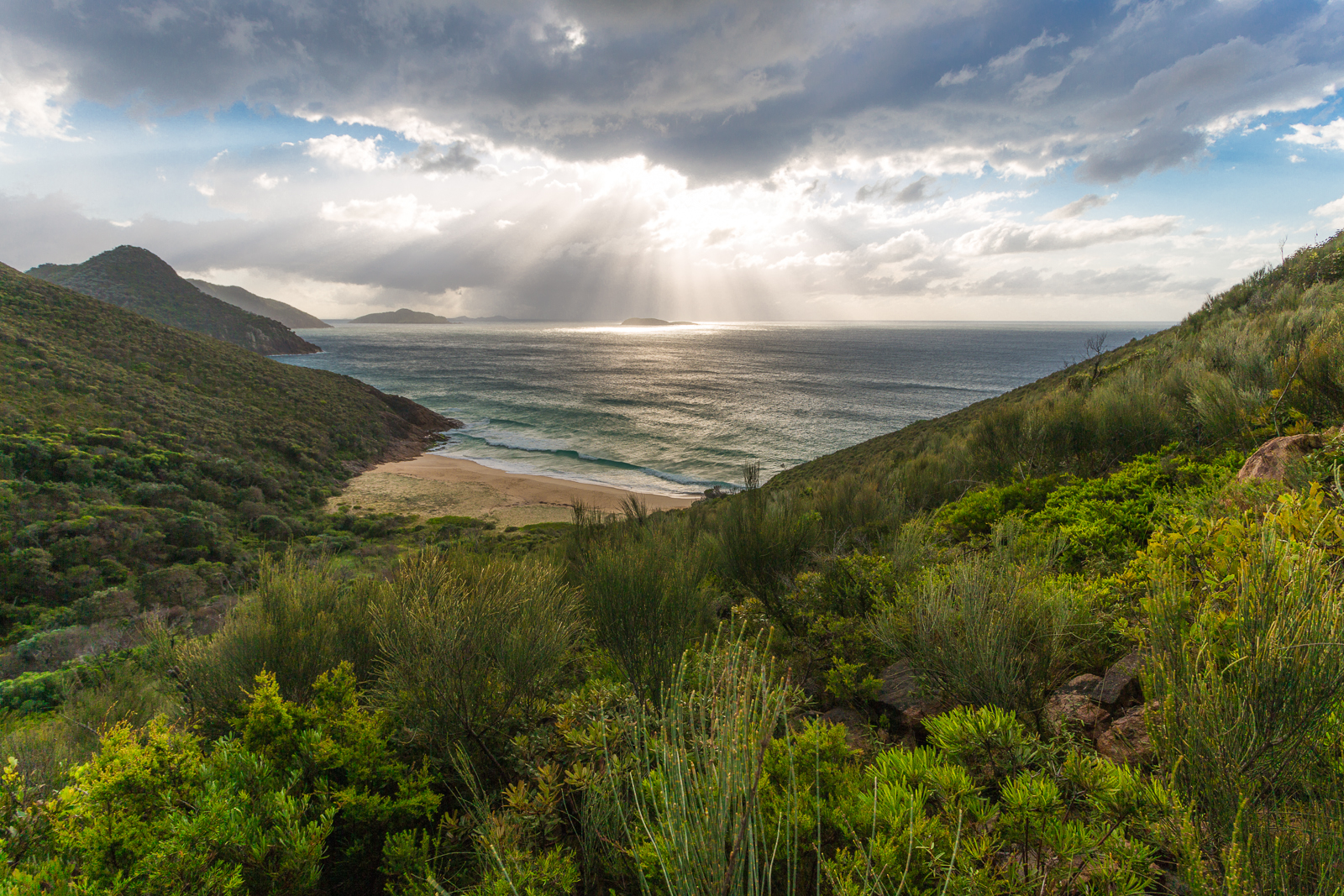 The White-cheeked Honeyeater is flighty and erratic. It nests in dense shrubs and is often heard and while remaining hidden. Photographing it poses challenges. However, it uses perches and isn’t completely timid, so you can get lucky and without too much difficulty get a picture.
The White-cheeked Honeyeater is flighty and erratic. It nests in dense shrubs and is often heard and while remaining hidden. Photographing it poses challenges. However, it uses perches and isn’t completely timid, so you can get lucky and without too much difficulty get a picture.
One of the challenges is using a Canon 5D Mark III. The Canon 300mm doesn’t get close enough for most birds on the 5D, so I have 2x extender. This arrangement doesn’t seem to be able to focus with the usual alert that sounds when your subject is in focus. I understand this is being rectified in the next firmware upgrade. I have to admit, after one year of ownership, I am still coming to terms with the camera and all its controls. I use it completely manually and I use a spot focus, so I am not the quickest with it. Sometimes, by the time I have the shot ready, the bird has flown away. I don’t always take a tripod. When I don’t, the sharpness at an effective focal length of 600mm, isn’t perfect. I have come to realise that taking a photograph of a bird is a very deliberate act. Bird photographers have to obsessive and single-minded.
But, the efforts have a pay off. I didn’t know this species before. In fact, I know little about most things and very little about birds. I thought it was a New Holland Honeyeater with which it sometimes shares habitat and whose distribution overlaps. I have seen it competing with Eastern Spinebills (Acanthorhynchus tenuirostris) on the fringes of this habitat and I have seen Silvereye (Zosterops lateralis) there also. It feeds on nectar eater and insects which it flies swiftly and acrobatically to capture. On the woodlands that fringe its heathland, Yellow-faced Honeyeaters, much more difficult to photograph, visit in large numbers. Little Wattlebirds (Anthochaera chrysoptera) are permanent neighbours.
 In the past few days, I have produced a picture (above) that I felt was not just a good picture, but a good bird photograph I have joined a serious bird photography forum, Feathers and Photos and posted it. They like to encourage and critique. Members are interested, you get lots of views by people wo are excellent bird photographers. One comment was ‘Fantastic pose! would be great without the OOF [out of focus] foliage’. Now, I am actually not against out of focus foliage, but I can understand that for some this might be a distraction.
In the past few days, I have produced a picture (above) that I felt was not just a good picture, but a good bird photograph I have joined a serious bird photography forum, Feathers and Photos and posted it. They like to encourage and critique. Members are interested, you get lots of views by people wo are excellent bird photographers. One comment was ‘Fantastic pose! would be great without the OOF [out of focus] foliage’. Now, I am actually not against out of focus foliage, but I can understand that for some this might be a distraction.
However, I have learnt from this exercise and their comments. In future, I need to concentrate enough photographic efforts on particular birds to get a result that is worthy of their comment and to be able to post.
Resources
I have posted previously on the plants of this part of Shoal Bay
A site which is invaluable for photographs and names of plants of Shoal Bay, Nelsons Bay and Tomaree National Park is, Philip Diemar’s, Nelson Bay Native Plants
Birds in Backyards – http://www.birdsinbackyards.net/species/Phylidonyris-niger
For distribution of White-cheeked honeyeaters and other species, these two sites are particularly useful.
Atlas of Living Australia – http://www.ala.org.au/
Eremaea Birds – http://www.eremaea.com/
This is a link to distribution of White-Cheeked Honeyeaters at Eremaea Birds.
Jan Wegener is a typically dedicated and exceptional bird photographer on the Feathers and Photos website. His tips and tricks, provide valuable information about the post photographic process and the extent to which people go to deliver unbelievably good photographs.
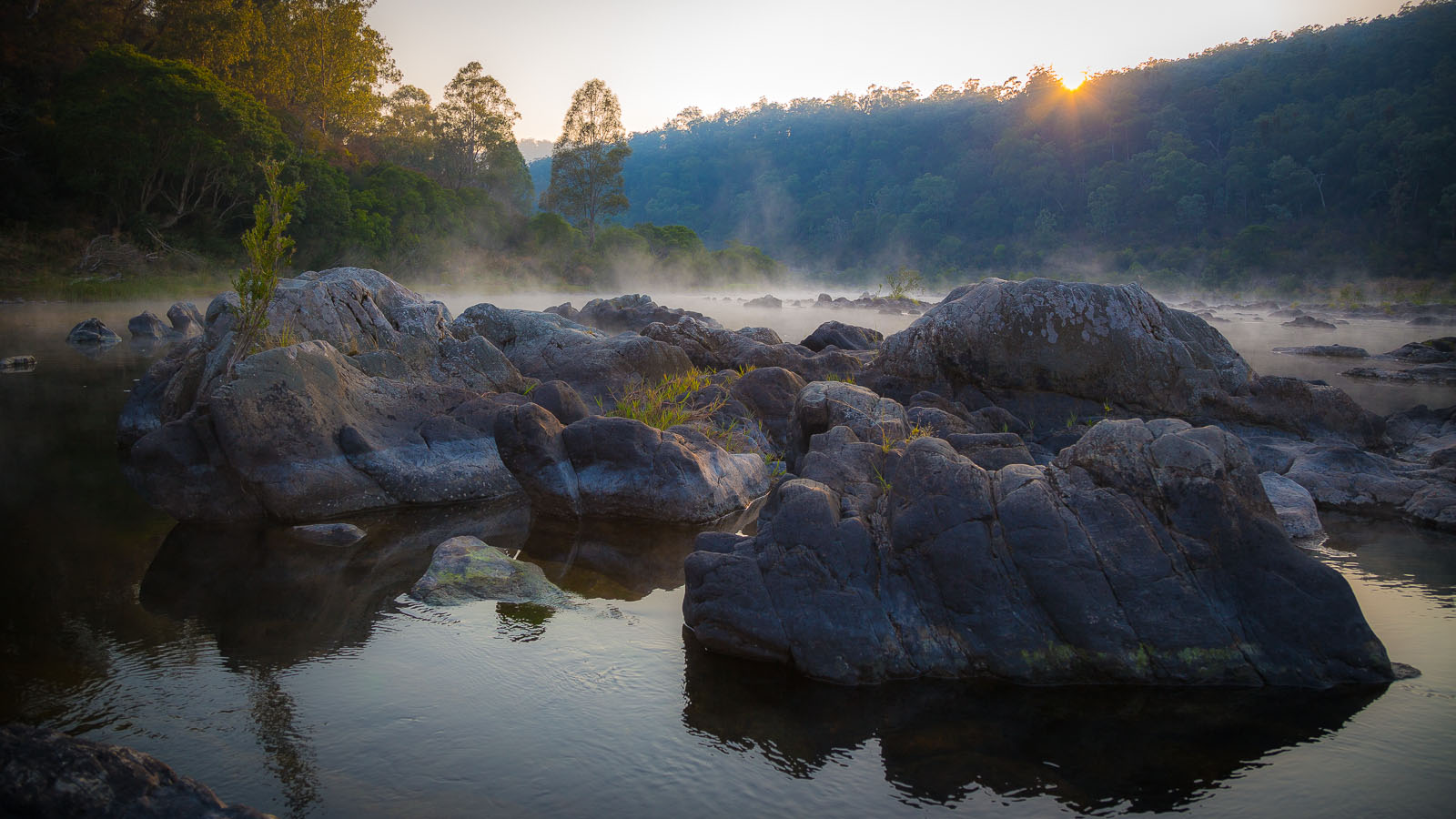 This was February 2014 and there were bushfires around, the weather was hot and the river itself seemed warm. These conditions contributed to produce a mist that we awoke to which you can see in the video below.
This was February 2014 and there were bushfires around, the weather was hot and the river itself seemed warm. These conditions contributed to produce a mist that we awoke to which you can see in the video below.